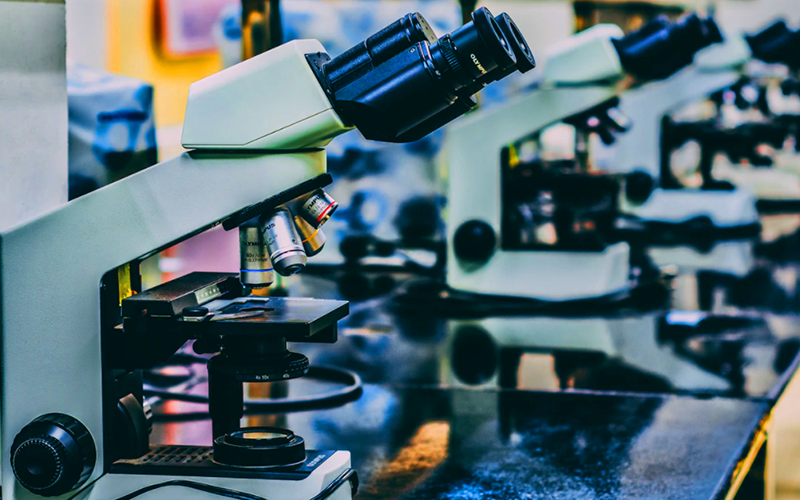What Is The Scientific Method

Principles
The scientific method is an empirical method of acquiring knowledge that has characterized the development of science since at least the 17th century, with notable practitioners in previous centuries. It involves careful observation and applying rigorous skepticism about what is observed, given that cognitive assumptions can distort how one interprets the observation.
It involves formulating hypotheses, via induction, based on such observations; experimental and measurement-based statistical testing of deductions drawn from the hypotheses, and refinement (or elimination) of the hypotheses based on the experimental findings.
These are principles of the scientific method, as distinguished from a definitive series of steps applicable to all scientific enterprises.
Although procedures vary from one field of inquiry to another, the underlying process is frequently the same from one field to another.
The process in the scientific method involves making conjectures (hypothetical explanations), deriving predictions from the hypotheses as logical consequences, and then carrying out experiments or empirical observations based on those predictions.
Hypothesis
A hypothesis is a conjecture, based on knowledge obtained while seeking answers to a question. The hypothesis might be very specific, or it might be broad.
Scientists then test hypotheses by conducting experiments or studies.
A scientific hypothesis must be falsifiable, implying that it is possible to identify a possible outcome of an experiment or observation that conflicts with predictions deduced from the hypothesis; otherwise, the hypothesis cannot be meaningfully tested.
Experiment
The purpose of an experiment is to determine whether observations agree with or conflict with the expectations deduced from a hypothesis. Experiments can take place anywhere from a garage to a remote mountaintop to CERN’s Large Hadron Collider.
Though the scientific method is often presented as a fixed sequence of steps, it represents rather a set of general principles.
The Steps
Not all steps take place in every scientific inquiry (nor to the same degree), and they are not always in the same order.
The scientific method is prevalent in all fields of science. Here are the usual steps to solving a problem using the scientific method:
- Observe some aspect of the universe.
- Ask a question about why this thing is happening.
- Develop a testable explanation (hypothesis) based on the theory.
- Make a prediction based on the hypothesis.
- Experiment and observe to test the prediction.
- Use the results of the experiment to create new hypotheses or predictions.
If a theory holds up to repeated testing, scientists gain confidence in it, and a hypothesis that’s supported consistently over time eventually comes to be considered a law, fact, or principle.
Information courtesy of From Wikipedia, the free encyclopedia.
Please visit – https://en.wikipedia.org/wiki/Scientific_method